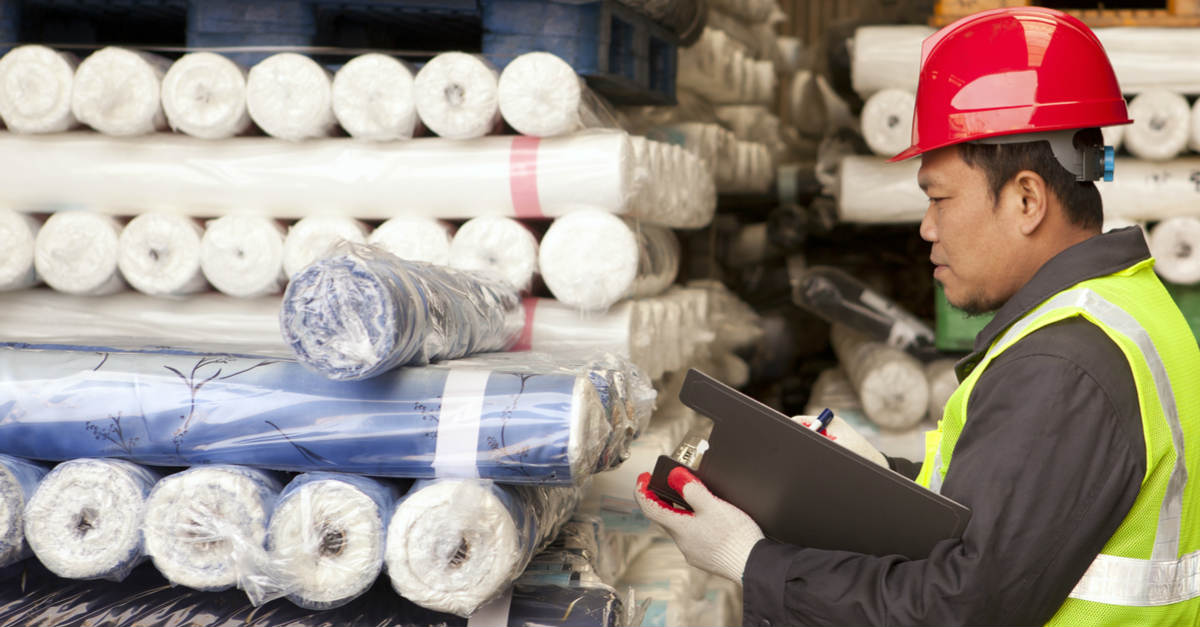
I can see four solutions for checking product quality before the goods are shipped out (remember, it is extremely hard to send a container of defective products back to China).
Inspections by external inspector(s) in the factory
This is the most common type of quality inspection service. An inspector goes in the factory, takes some samples randomly (based on the AQL tables), and draws a conclusion about the whole batch.
It is typically performed by a third-party quality control agency, or by the buyer’s in-house QC staff.
In 80-90% of cases, it is conducted after production is finished. Depending on the report conclusion, the importer accepts or rejects the shipment.
Pros:
- The final random inspection is the “standard” way of checking quality. Suppliers are used to it.
- It is easy to set up and relatively inexpensive, even with many different suppliers in many different places.
Cons:
- The supplier might interfere in several ways: only showing a part of production (usually because they are late), bribing the inspector, or shipping other products if the inspector does not stay until the container is sealed.
- If the purchaser only sends an inspector after production is over, and if the inspection is failed, the supplier might refuse to rework the goods. He might wait until the purchaser is obliged to deliver his own customers’ orders.
Final inspections on a platform
This solution is popular with some large buyers, mostly from Japan.
Once the goods are completed, they are brought by the supplier to a platform — usually a forwarder warehouse. A certain number of cubic meters of storage is rented, as well as inspection room(s).
Platform inspections are conducted either on a randomly selected set of samples, or on 100% of the goods.
Pros:
- Inspectors are more productive (no need to travel), and the goods can be shipped immediately after acceptance.
- No risk of supplier interference.
Cons:
- Suppliers often resent this solution. If the inspection is failed, they have to pay for the transport back to the factory, sort & re-work the goods, and submit them again.
- Not suitable for small and irregular volumes.
Piece-by-piece inspection in the factory
If you want to check 100% of production (once it is over), piece by piece inspection in the factory might be a good idea.
You basically set up the final quality control line in the factory, with inspectors that are not on the manufacturer’s payroll.
Pros:
- The defect rate in the shipment is very close to zero after this 100% check.
- The manufacturer sees what is rejected and needs to re-work it.

Cons:
- Suitable only for large and regular volumes in one geographical area.
- Can be expensive, depending on the number of inspectors to station in the factory
Training & auditing internal inspector(s) in the factory
Training an internal inspector is ideal for the following situation: you purchase more than 30% of a factory’s output, you have been working with them for more than a year, you trust them very much, and you need better reporting on your production (both on quality and on timing).
Once an in-house inspector (on the factory’s payroll) has been trained and is dedicated to you, the key is to set up a reporting & auditing system. Then, the only ongoing cost is to audit his work (once every couple of weeks at the beginning, and less often if it runs fine).
Pros:
- Much lower cost than sending third-party inspectors
- In addition to controlling the products’ quality, the inspector can report on production status
Cons:
- You need a high level of cooperation from the manufacturer (no interference at all)
- There might be many complications if you purchase through a trading company
There are other solutions beyond inspection
As Deming wrote, the ideal is to “cease dependence on inspection to achieve quality. Eliminate the need for massive inspection by building quality into the product in the first place.”
You can do it by improving the reliability of the manufacturing process, and by reducing risks during product design. But this is outside the scope of this article…
No comments:
Post a Comment